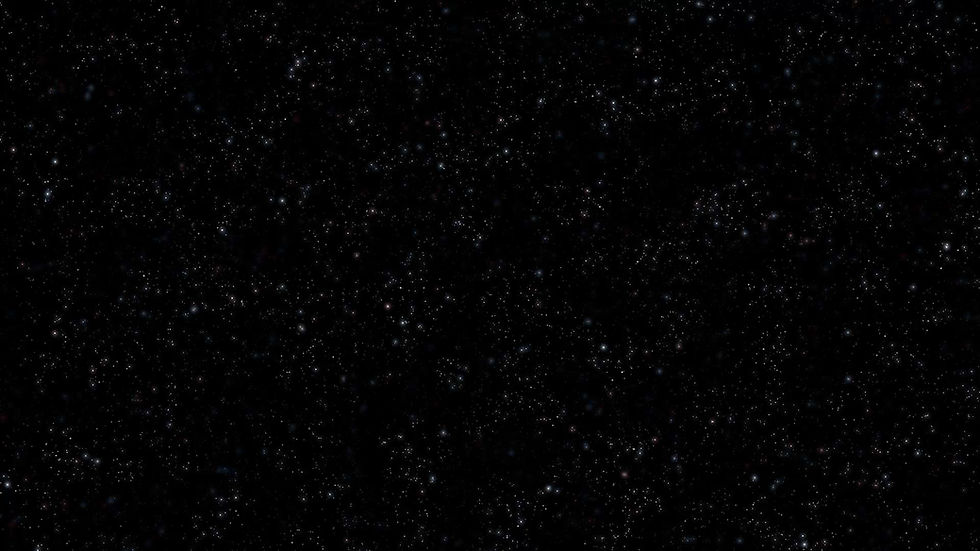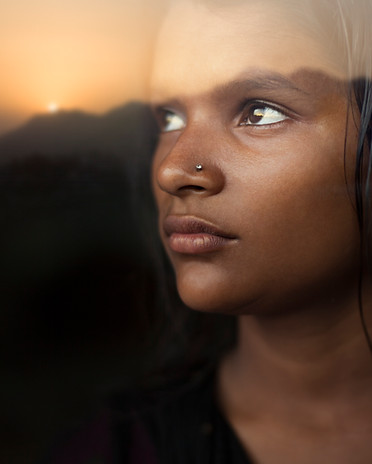
Hello! Thank you for choosing to visit the Look Arts Vision website.
Here you will find information about my film and photography offerings, as well as details about the film and photography trips I organize for companies and individuals. I encourage you to read all the information – and if you have any questions, feel free to contact me.
Happy browsing!
We invite you to explore our film, photography, marketing and other offerings.
Business Travel
We invite you to unique trips combining marketing and networking, organized by
We are honored to co-create a great project connecting entrepreneurs on premium business trips. We rest, talk, relax, create marketing content. Check out the details on www.proarttravel.nl and join the best!!


Produkcja Filmów, Teledysków i Reklam z Wykorzystaniem Sztucznej Inteligencji
Look Arts Vision to kreatywne studio z Holandii, które łączy sztukę filmową i nowoczesne technologie.
Tworzymy filmy, reklamy i teledyski generowane przez sztuczną inteligencję (AI).
Wykorzystujemy najnowsze narzędzia – od generatywnych modeli wideo po realistyczne wizualizacje 3D – aby pomóc markom, artystom i przedsiębiorcom opowiadać historie, które przyciągają uwagę i budzą emocje.
I want to introduce you to the world of my vision of creating extraordinary visual experiences.
For me, Look Arts Vision is a road paved with hundreds of photos and videos created for people with passion, so each project is an individual adventure for me, to which I devote my time, skills and visions. From event reports to music videos, from equipping concert halls with video equipment to creating documentaries, I strive to ensure that every frame, every photo tells a story, moves and inspires.
I implement most projects individually, but larger and more ambitious ideas often require the employment of additional staff. I am convinced that each vision is unique, which is why your ideas and dreams are the most important to me. Working together, we can achieve the results you have always dreamed of. Whether you are an entrepreneur looking for a clear message on social media or an individual. Movies in the Netherlands can become your everyday life. As a cameraman in the Netherlands and a video editor, I will guide you through the world of video filming, which may stay in your life for a long time.

They have already created films with us, among others:


Filmmaking History
The history of filmmaking is a fascinating development of technology and art that began in the 19th century. Below is a brief history of this extraordinary process.
The history of filming and the development of cinematography is a fascinating development of technology and art that began in the 19th century. Below is a brief history of this extraordinary process. It all started in the first half of the 19th century, when inventors experimented with photography. Joseph Nicéphore Niépce, a French engineer, was one of the first to try to retain images on metal plates covered with a light-sensitive material. In 1826, he created the first documented photographic image, known as "View from the Window at Le Gras". However, the process was very time-consuming. In the 1830s, Louis Daguerre, another French inventor, developed a process known as daguerrotype. This was a method that allowed for faster photo creation, but was still limited to static images. A breakthrough in the history of filmmaking was the discovery of the so-called photogenesis by English inventor William Henry Fox Talbot in the 1840s. This concept allowed for the creation of negatives from which multiple copies of photos could be printed. This was the first step towards mass reproduction of images. In 1878, Eadweard Muybridge, an American photographer, conducted a series of experiments with photographing a galloping horse. His results contributed to the discovery that movement can be recorded in a series of photographs. This was a key discovery in the development of the film. The first to create a device for projecting moving images was Thomas Edison. In 1891, he invented the kinetoscope, a device that allowed one person to watch short films. However, the kinetoscope limited access to films to individual viewers. In 1895, the Lumière brothers, Auguste and Louis, publicly presented their invention, the cinematograph, which allowed films to be projected to larger audiences. This event is considered the birth of cinema, and the first film, "The Arrival of a Train at La Ciotat Station", inspired audiences and launched the film era. The following decades saw enormous developments in film technology, including the introduction of sound, color and special effects. Cinema has become an important entertainment and artistic medium, gaining recognition around the world. The film past is full of inventors, experiments and creativity. Thanks to them, today we can enjoy cinema as a form of art and entertainment that has an inherent impact on our lives. The 1940s and 1950s saw the development of cinematography in the Netherlands, with filmmakers such as Paul Verhoeven gaining international recognition for their works. Verhoeven, director of such films as "Turks Fruit" (1973) and "RoboCop" (1987), became one of the most important filmmakers in the history of Dutch cinema. The contemporary film scene in the Netherlands is dynamic and diverse. Dutch creators win international awards and enjoy recognition at film festivals around the world. The country is also a popular filming location for films from around the world thanks to its picturesque landscapes and modern film studios. Look Arts Vision makes every effort to set the bar at the highest level so that everyone who creates a film with us in the Netherlands becomes part of this amazing story which is a journey through the world of video filming.
Thank you for visiting my website.
Movies in the Netherlands. Reports from events | Promotions | Music videos | Wedding films...












































